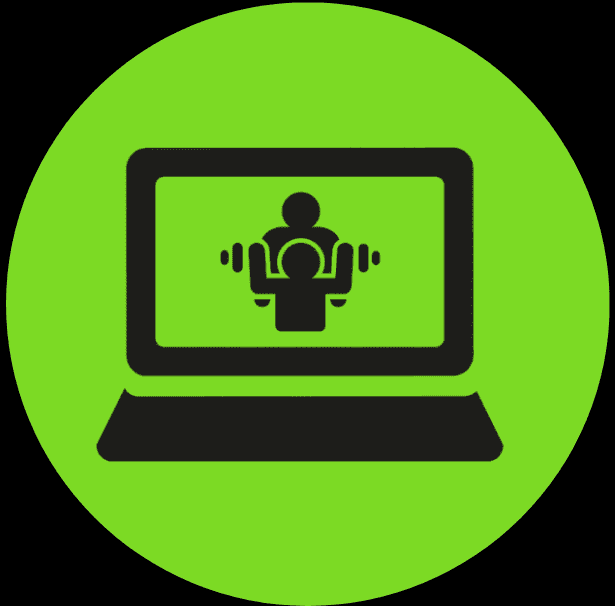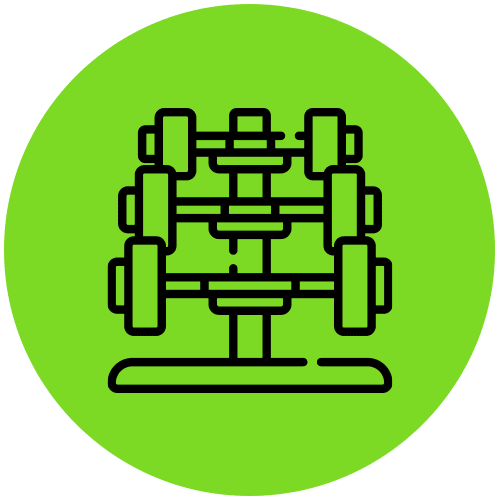Important Fitness Terms You Should Understand Before Going to the Gym
The gym can be a very complicated and confusing place with a brand-new dictionary of terms and phrases that you may not be familiar with. Sure, you understand the concept of working out, of wearing the right gear and may even know your elliptical trainer from your treadmill, but do you know what HIIT stands for or what on earth a compound-exercise circuit is?
No, don’t worry. We were all beginners first and you have made the right move by clicking through to this post, as that is what we are going to discuss – the most important terms and phrases you need to understand before going to the gym. Not only will it help make your experience and workouts better, but it will also stop you from feeling embarrassed.
Compound Exercises
Compound exercises are moves that incorporate several different muscle groups at once, such as squats, deadlifts, and lunges. Interestingly, the term can also be used to describe movements that involve two together, such as a bicep curl that becomes a shoulder press. Compound exercises are worth knowing about as they are effective at burning calories and increasing the overall muscle mass building you experience compared to single movements.
HIIT
HIIT is something you would have a hard time avoiding nowadays, due to its popularity. The abbreviation stands for high-intensity interval training and involves bursts of very tough and intense exercise, with short recovery periods in-between. The theory behind this form of workout is that it increases your heart rate and keeps it at that rate for longer. One of the reasons why it is so popular is because it greatly cuts down the amount of time you need to work out for and the fact that it kicks off what is known as the afterburn effect or post-exercise oxygen consumption that means your body burns calories even when you have finished working out.
Reps
It may be obvious, but reps are short for repetitions and refer to the number of times you do a particular exercise.
Sets
Not to be confused with reps, sets are connected to reps and refers to the number of times you would repeat a specific number of reps.
Active Recovery
Although this doesn’t necessarily involve your time at the gym, it is related. Active recovery is a good thing to do on your rest days. Rather than lazing around, you can make time for some kind of low-intensity activity such as light walking or stretching. The reason for doing this is that when you incorporate gentle movements on rest days it helps your circulation which can have a positive effect on reducing muscle fatigue and reducing the soreness you feel from your workouts.
Circuit
We mentioned the term circuit at the outset. This could be seen as a round of different exercises. For instance, a bodyweight circuit may consist of 20 jump squats, 15 plank jacks, 10 push-ups and 5 burpees.
Functional Moves
Functional moves are more than likely things you have done but may not have realised there was a name to describe them. These are exercises that assist you in the way you move and how you feel in your daily life. They tend to mimic the way you move when you’re not at the gym. An example would be the squat that helps you in more mundane tasks such as crouching down and tying your shoelaces.
![]() Personal trainer of 15 plus years and creator of FT-Fit one of Glasgow’s largest fitness classes
Personal trainer of 15 plus years and creator of FT-Fit one of Glasgow’s largest fitness classes








0 Comments